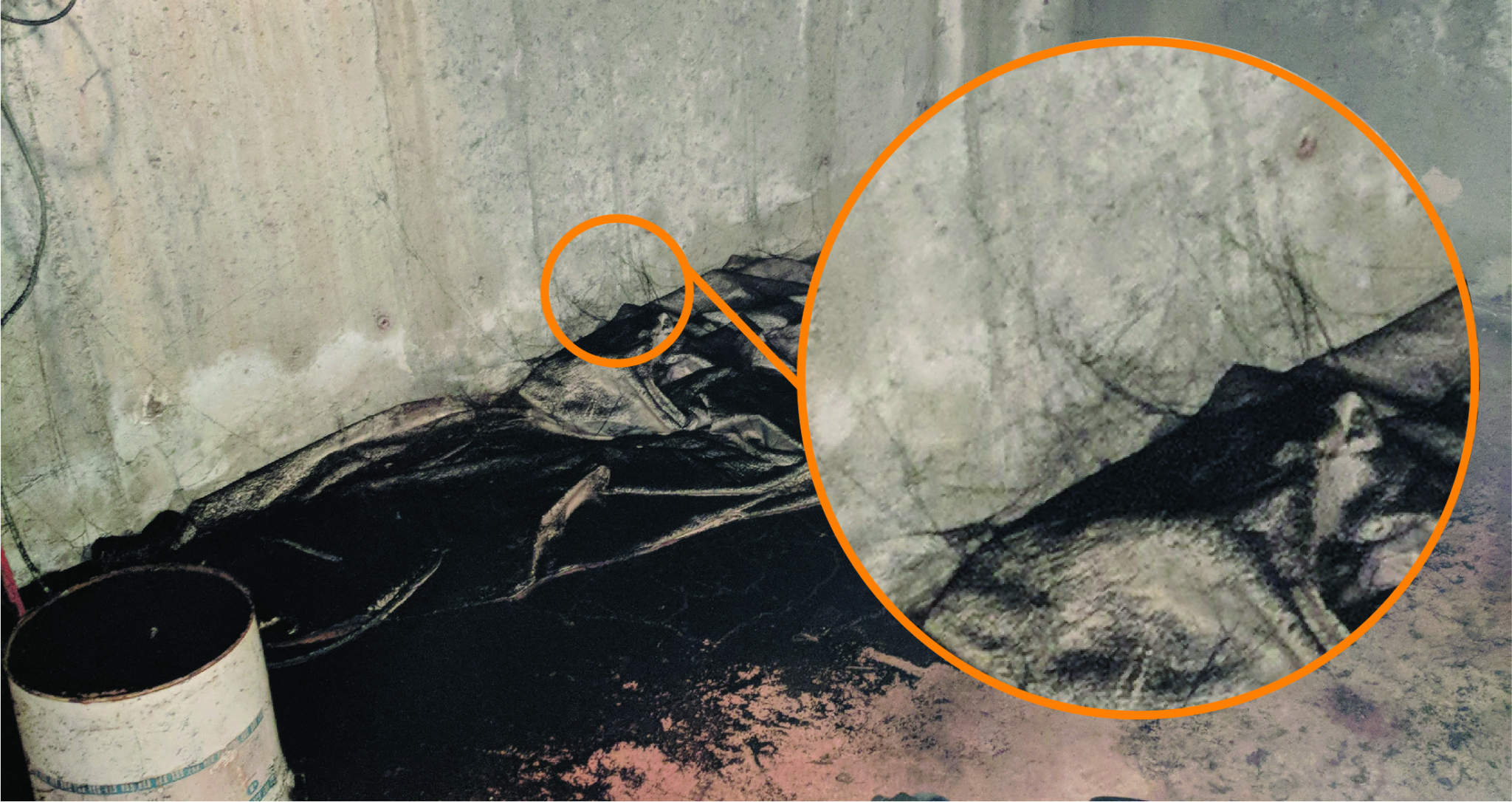Fire & Smoke Damage
Avoiding a "Puff Back"
November 16, 2021
As temperatures drop in New England, we reach for cozy flannels, hot cocoa - and the thermostat settings. A poorly maintained furnace can cause a messy (and costly) puff back.
What exactly is a puff back? You might be surprised to learn that it can be quite common to have small explosions happening right within your furnace! While it happens more than it should, it is a sign that maintenance is severely needed and should not be ignored. Not only does it indicate that the appliance is not functioning properly, the soot that it spreads throughout the home is a serious health hazard.
There are various maintenance issues that can contribute to causing a puff back. A common cause is when components inside an oil-fired furnace, boiler, or water heater are not working properly, vapor from the fuel can build up inside the burner chamber, or components inside can become coated with carbon or soot. Other causes might be electrodes responsible for ignition are coated in soot, or internal nozzles are cracked or angled incorrectly. When any of these things happen, a small explosion can happen, forcing smoke and soot throughout the home. These explosions can be small enough to happen repeatedly over time, and the damage may not be noticed until the problem becomes large enough that it catches your attention. It can also be a larger event without ever going through a series of smaller ones first.
When the explosion happens, it forces a cloud of soot through the heating system - and your entire home. It affects all the ductwork in your HVAC system, as well as every room in the house that is connected to your system. Soot is an acidic, greasy mixture of combusted materials that is hazardous to breathe in and damaging to your furniture and other contents of your home.
There are several signs that can indicate that a puff back has happened. Of course, the most obvious sign is a noticeable layer of soot coating walls, furniture, floors, and even ceilings. Sometimes, however, it might be a faint streaking near baseboard heating units. Another clue is carbon webbing - often mistaken for cobwebs, these webs are actually charged particles of soot that cling together to form fibers that look like spiderwebs. While many people believe these are cobwebs that are now coated with soot, the webs are actually entirely composed of ionized soot particles! You might also see what is known as "nail popping"; the metal nails or screws in drywall attract the ionized soot particles like a magnet - the optical illusion looks as if the nails have all been pulled through the wall, but the illusion wipes clean (but never with a damp rag or sponge - this will only smear and and make it worse!)
Now is the time to make sure your oil-fired appliances have been serviced by a qualified professional. Keep records of your maintenance in case you should ever need it to help ensure a potential claim is covered. If you have experienced a puff back, call in a professional restoration company right away. Depending on the level of contamination, it may not be safe to stay in the home, and either way, you definitely want to have the proper cleanup done right away. A professional restoration company will have the right tools, products and, perhaps most importantly, the proper PPE to safely clean up the damage.
We are certified and experienced in fire damage cleanup, and available 24/7 for any emergency situations.

